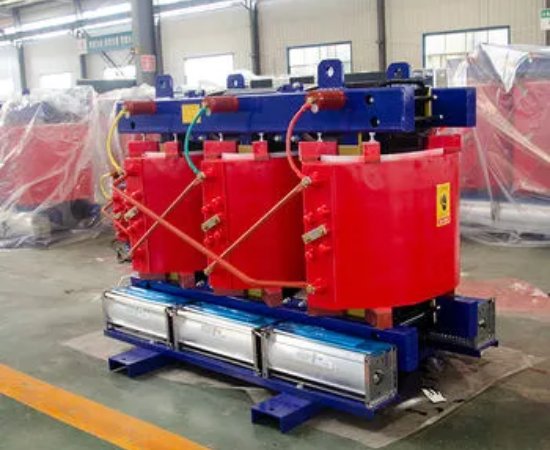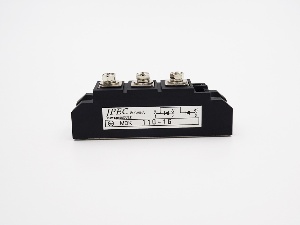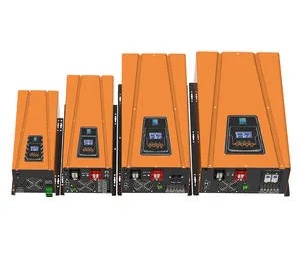Electronic Components Supplier | Transformers, Inductors, Inverters
Electrical Transformers: The Essential Component of Power Systems
Introduction
Electrical transformers are fundamental devices in modern power distribution and electronic circuits. They enable efficient voltage conversion, power transmission, and electrical isolation, making them indispensable in industries ranging from power grids to consumer electronics. This article explores the working principles, types, applications, and future trends of electrical transformers.
How Transformers Work
Transformers operate on the principle of electromagnetic induction, as discovered by Michael Faraday. Key components include:
-
Primary coil: Receives input voltage
-
Secondary coil: Delivers transformed voltage
-
Magnetic core: Typically made of laminated steel to minimize energy loss
The voltage transformation ratio depends on the turns ratio between coils:
V₂/V₁ = N₂/N₁
Where V=voltage and N=number of coil turns.

Main Types of Electrical Transformers
1. By Construction
-
Core-type: Windings surround the core (common in power applications)
-
Shell-type: Core surrounds windings (better for high-current applications)
2. By Voltage Level
-
Step-up transformers: Increase voltage (e.g., power plant to grid)
-
Step-down transformers: Decrease voltage (e.g., grid to household)
3. By Cooling Method
-
Oil-immersed: Mineral oil cools and insulates (used in power distribution)
-
Dry-type: Air-cooled (safer for indoor/urban installations)
4. Specialized Types
-
Instrument transformers: CTs and PTs for measurement/protection
-
Autotransformers: Single-winding design for voltage adjustment
-
Isolation transformers: Prevent electrical noise transmission
Key Applications
-
Power Transmission
-
Step-up to 400kV+ for long-distance transmission
-
Step-down to 110V/220V for consumer use
-
Industrial Equipment
-
Machine tools, welding systems, and heavy motors
-
Renewable Energy
-
Interface solar/wind generation with power grids
-
Electronics
-
Power supplies, audio equipment, and telecommunications
Technical Specifications
When selecting transformers, consider:
-
Power rating (kVA/MVA)
-
Frequency (50/60Hz)
-
Efficiency (up to 99% for modern designs)
-
Insulation class (A to H based on temperature tolerance)

Emerging Technologies
-
Smart Transformers
-
IoT-enabled for real-time monitoring and control
-
High-Temperature Superconducting Transformers
-
Reduced size and energy loss
-
Solid-State Transformers
-
Power electronics replacing traditional designs
Maintenance & Safety
-
Regular oil testing (for oil-filled units)
-
Thermographic inspections to detect hotspots
-
Protection against:
-
Overloading
-
Short circuits
-
Voltage surges
Conclusion
From enabling continental-scale power grids to powering miniature electronics, electrical transformers remain vital to electrification. Ongoing advancements in materials, monitoring systems, and compact designs continue to enhance their efficiency and functionality. As energy systems evolve toward decentralization and digitalization, transformers will adapt to meet new challenges in power quality, renewable integration, and smart grid development.







